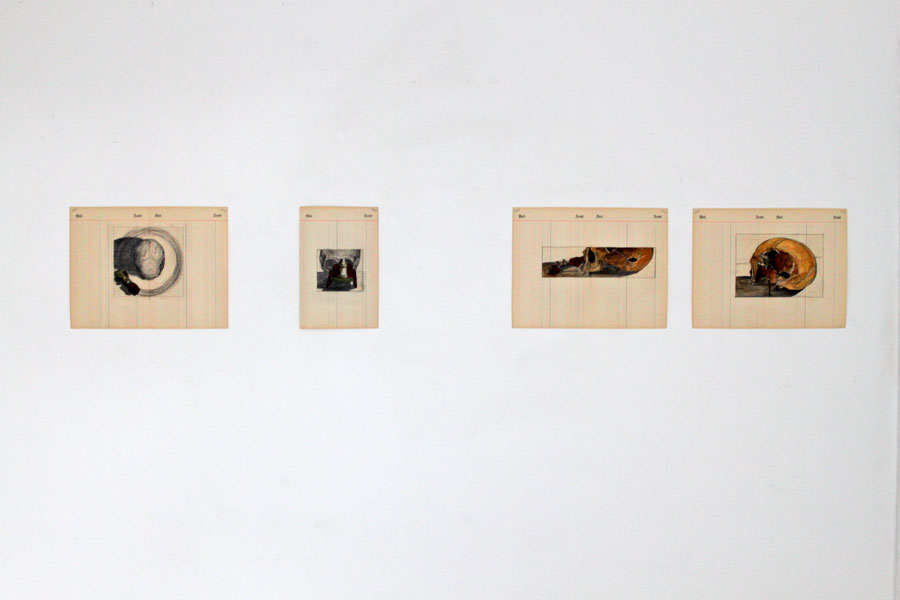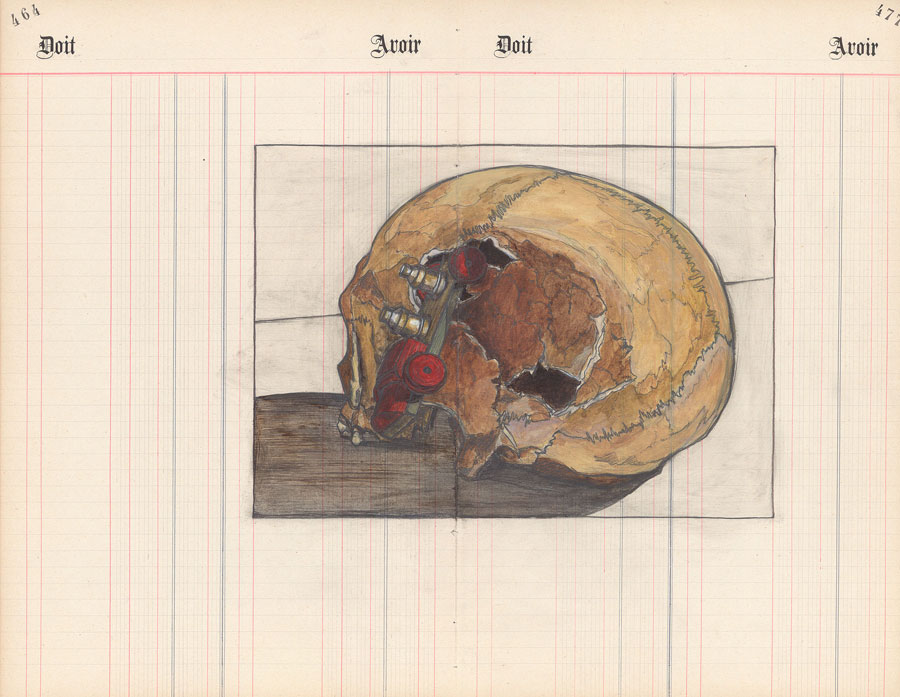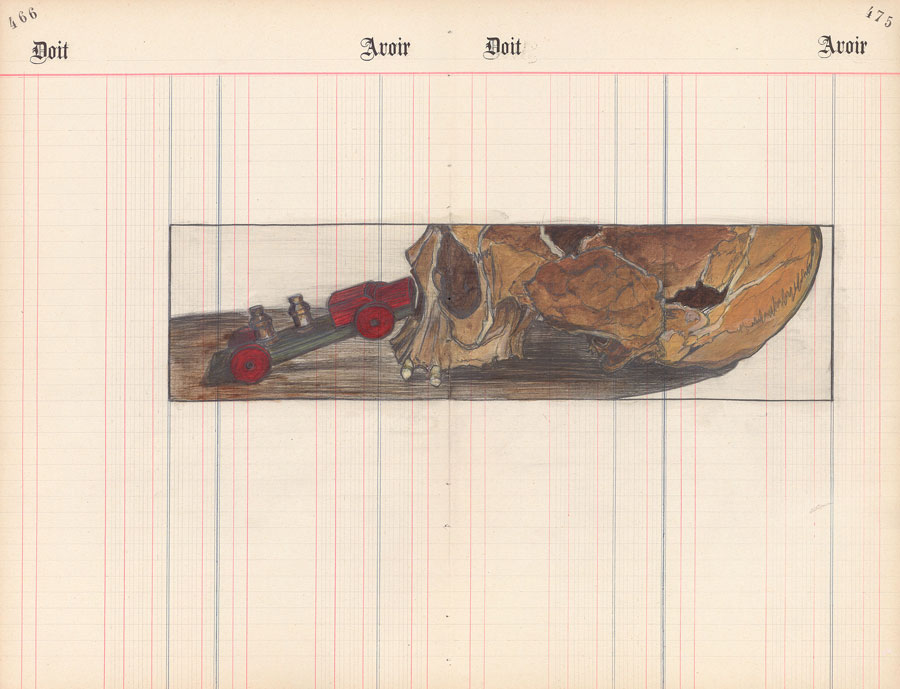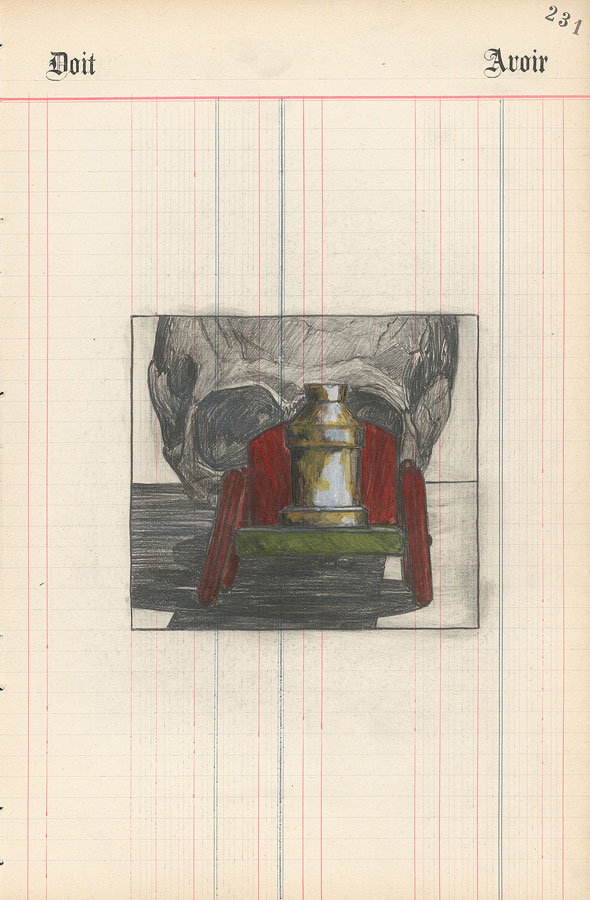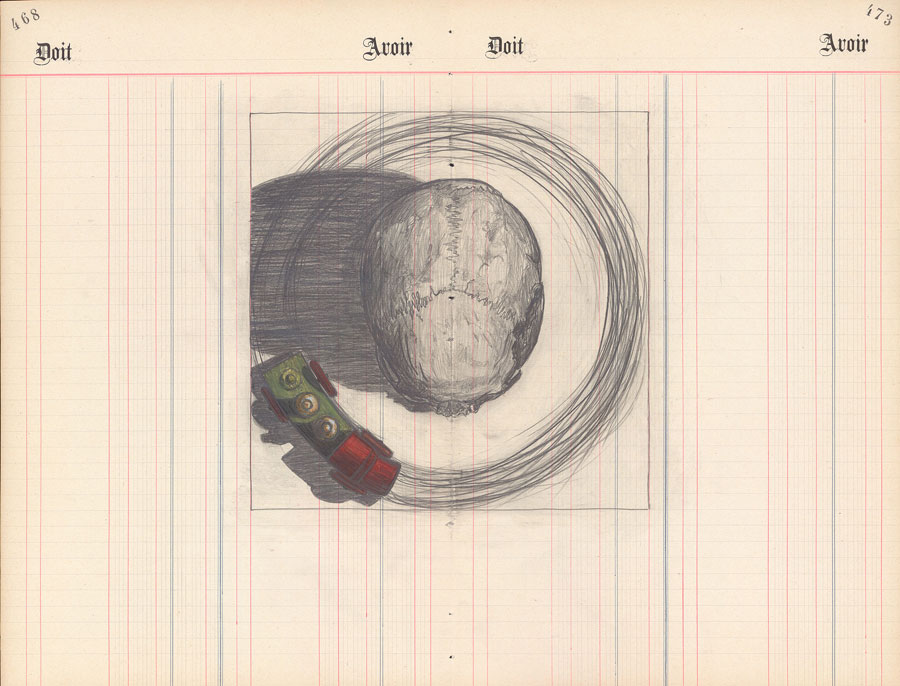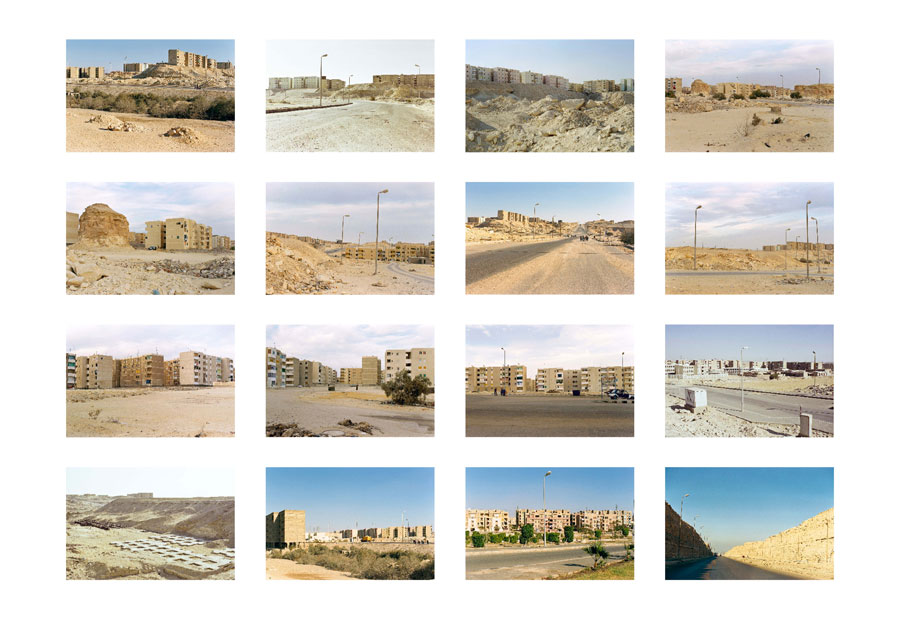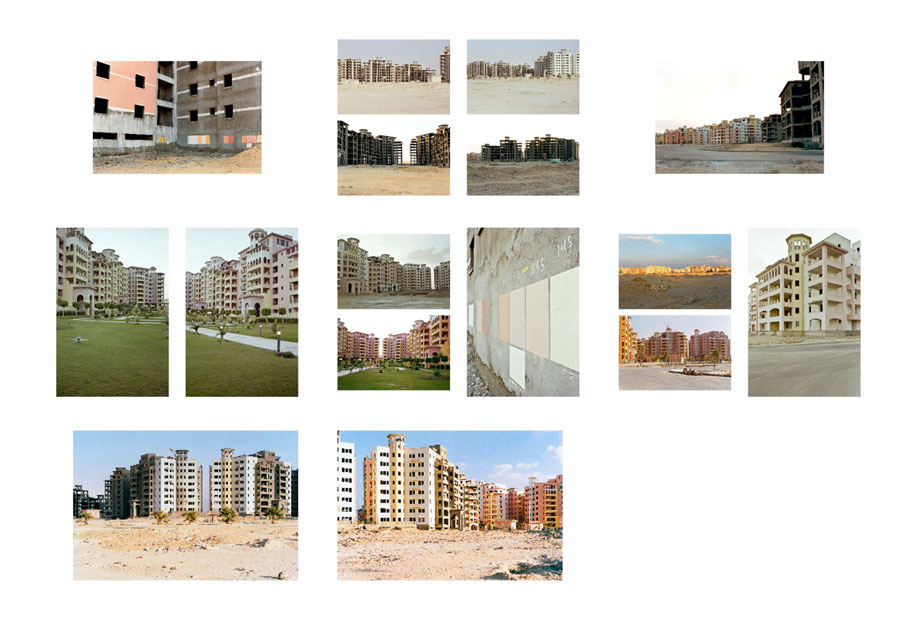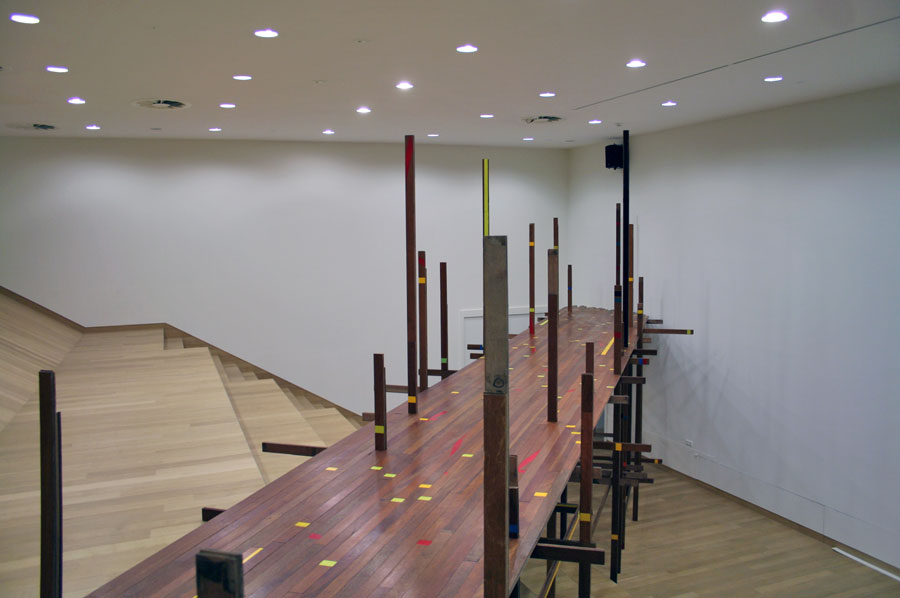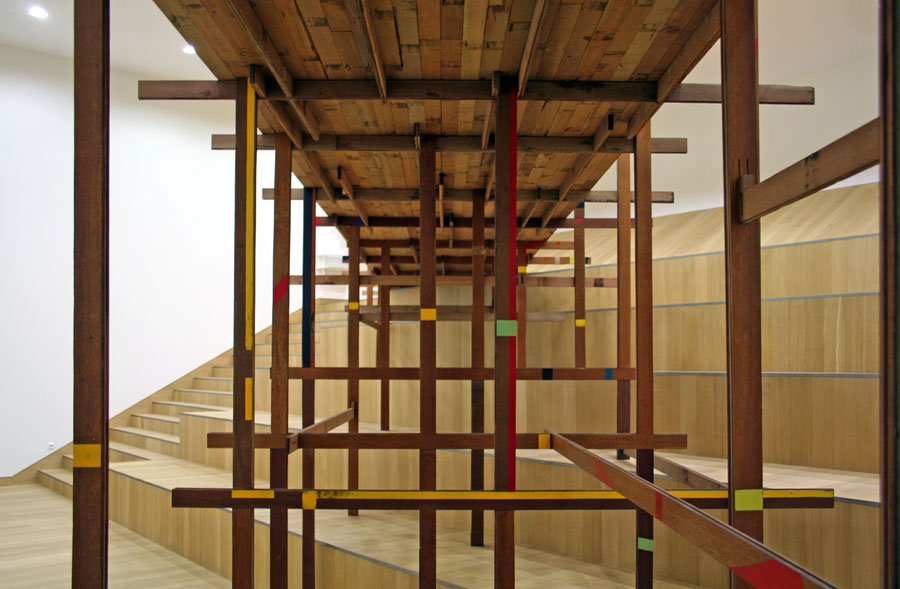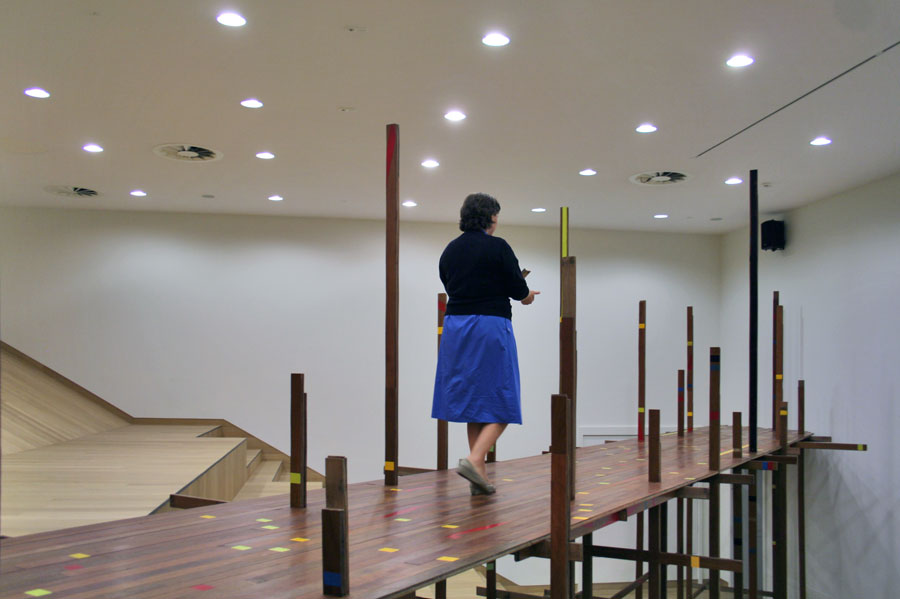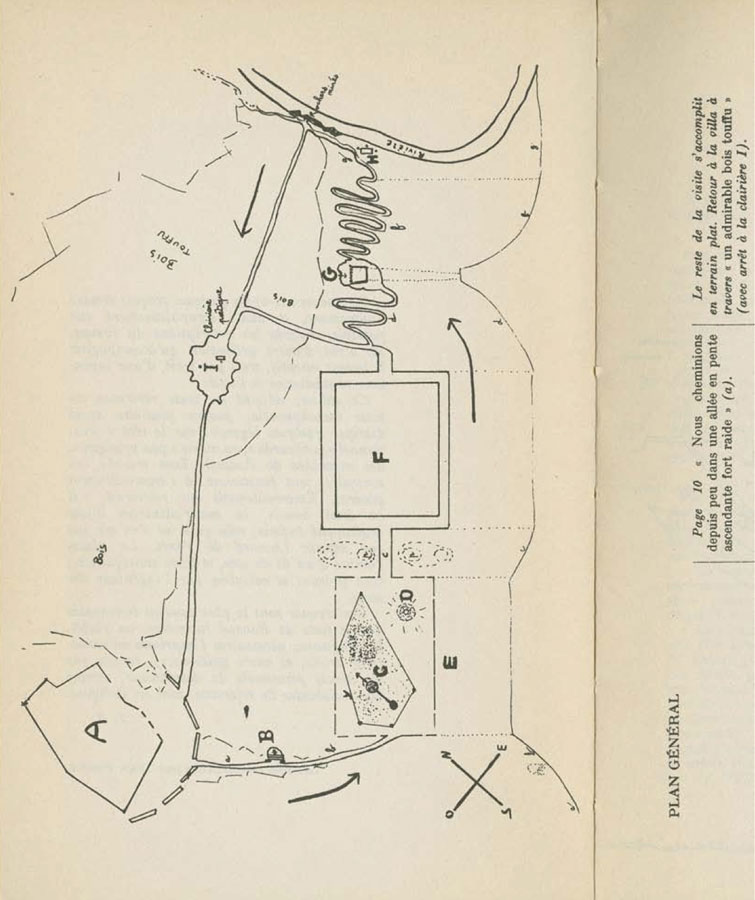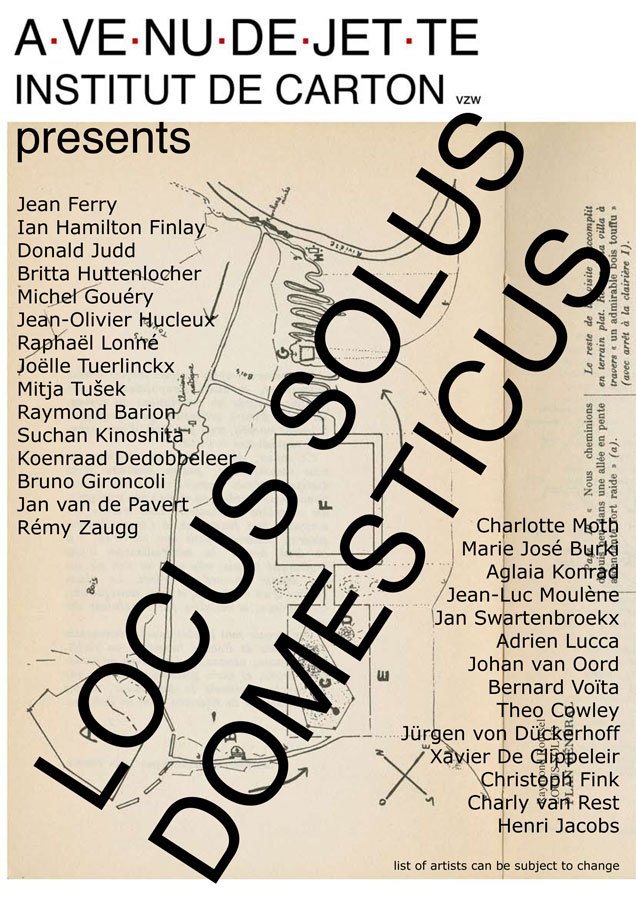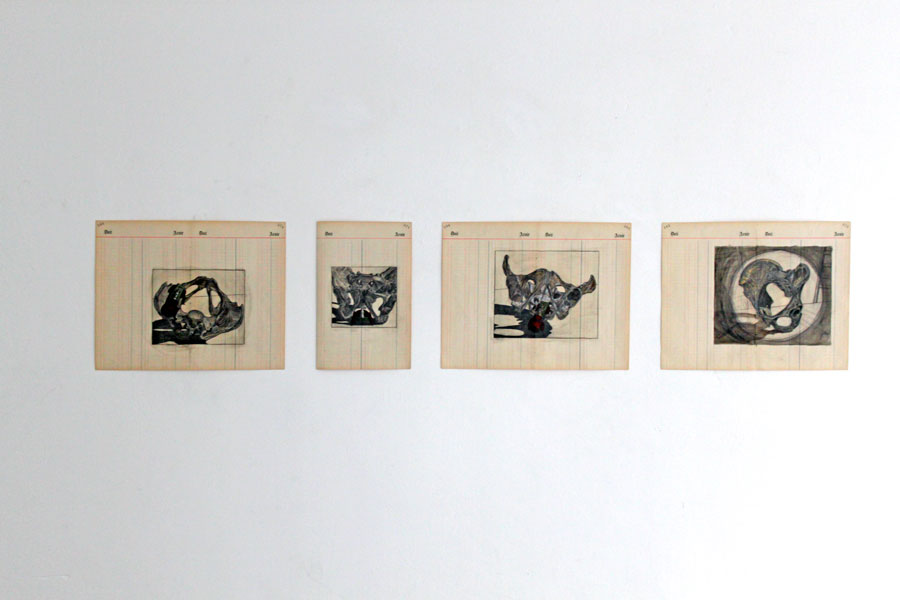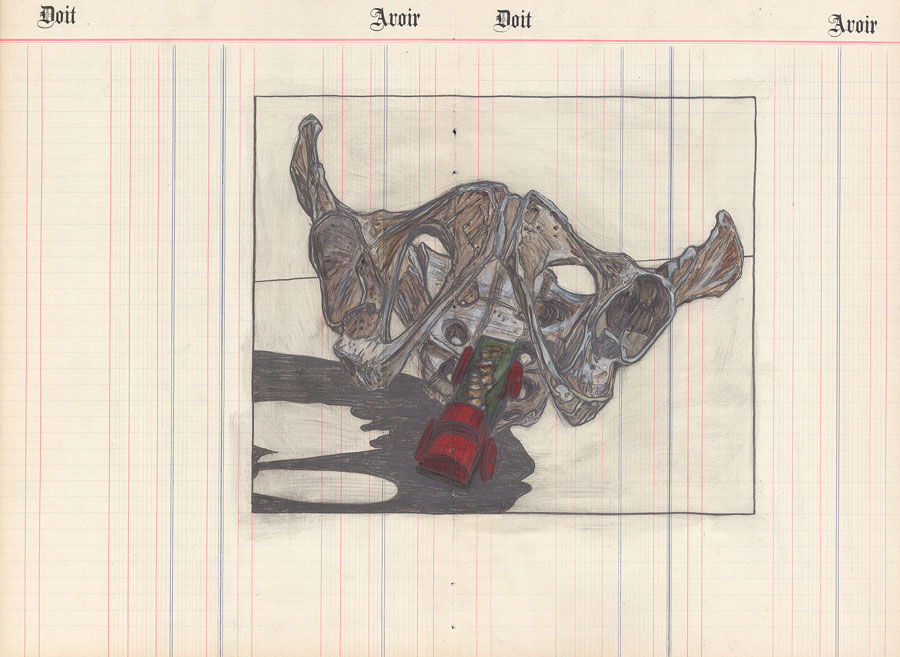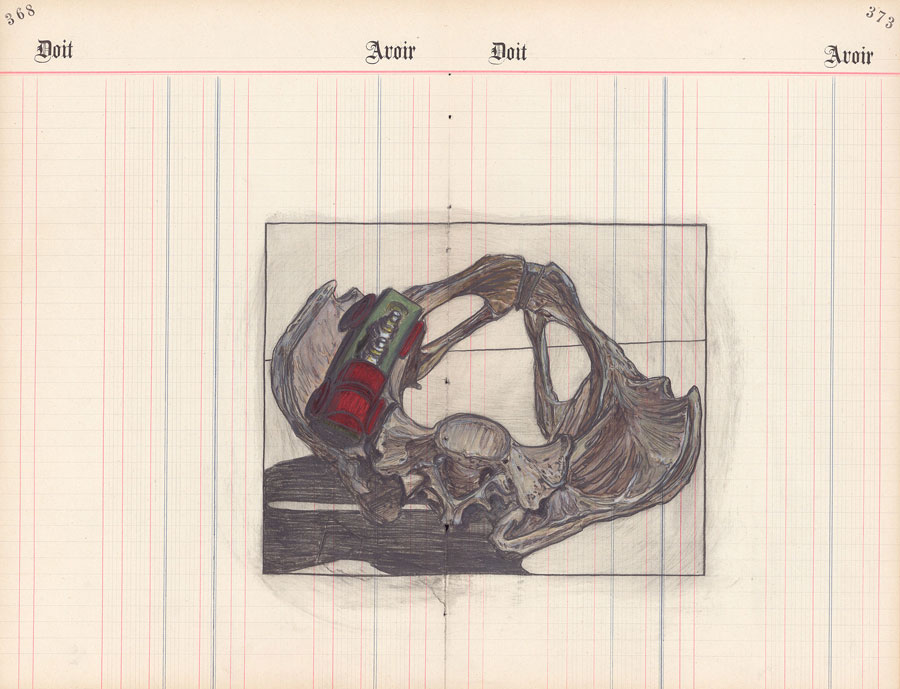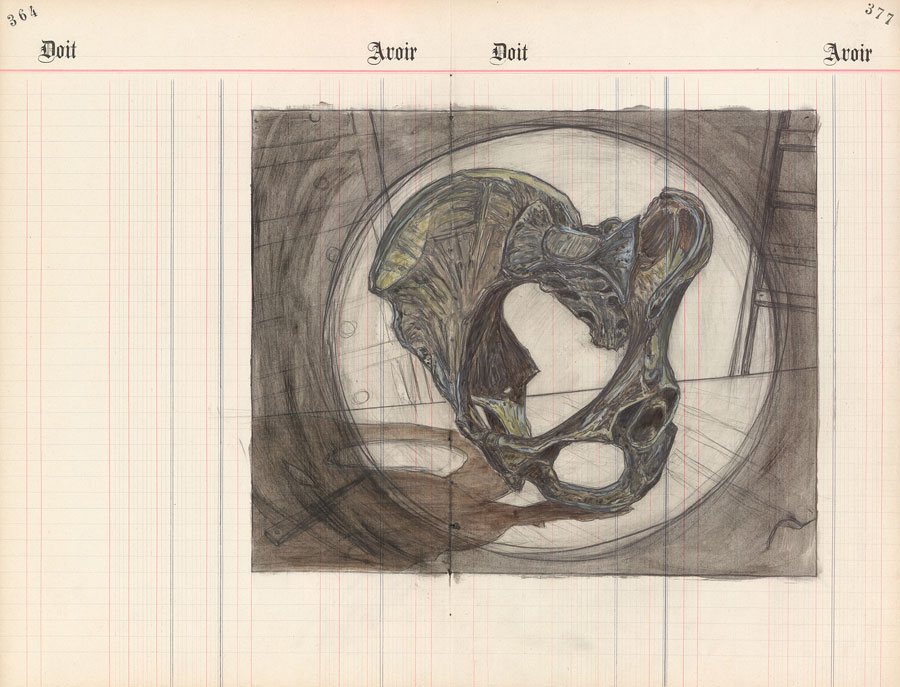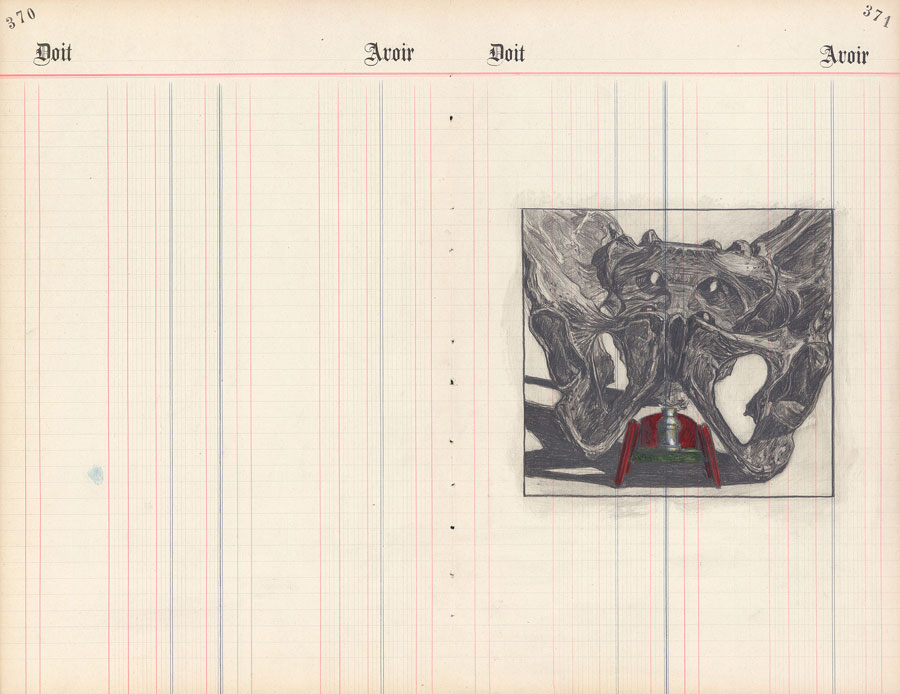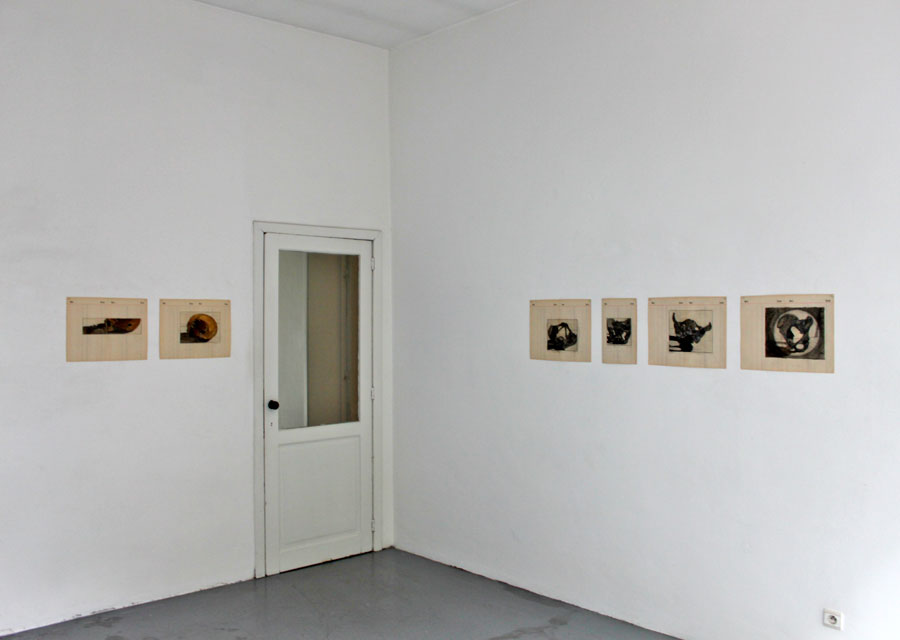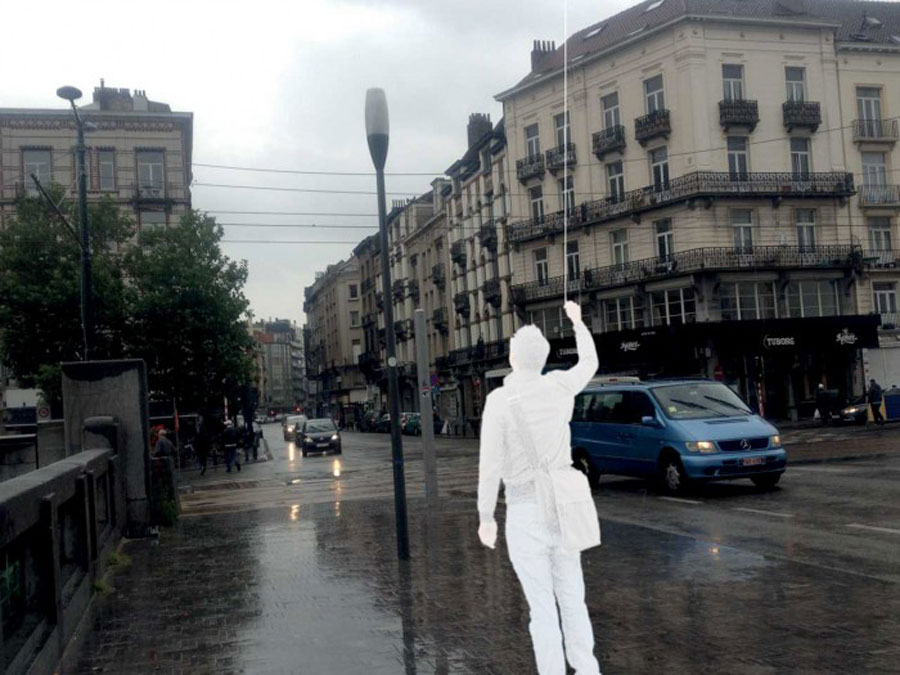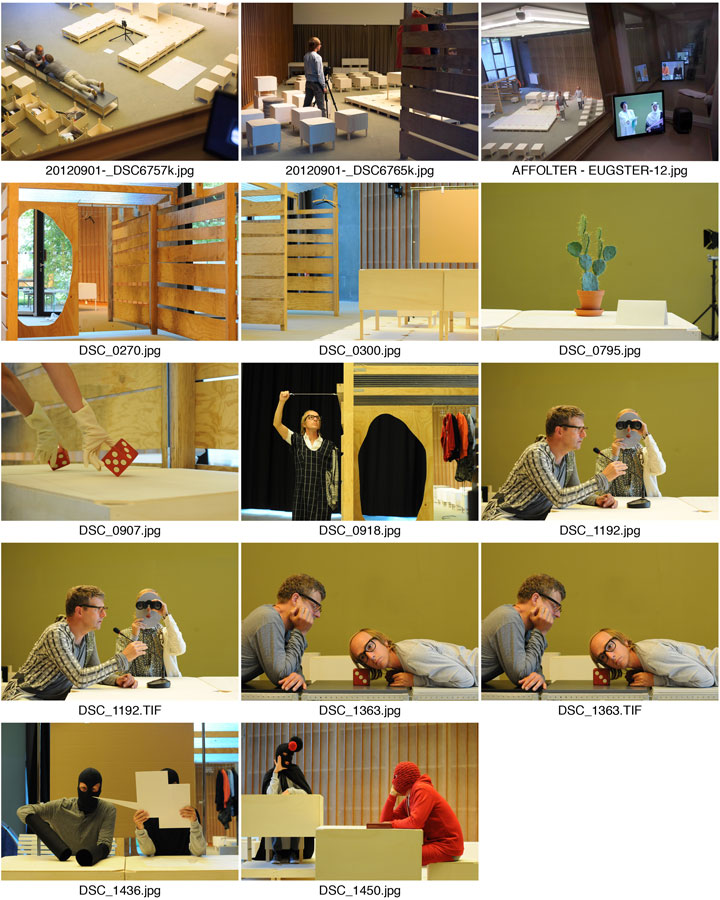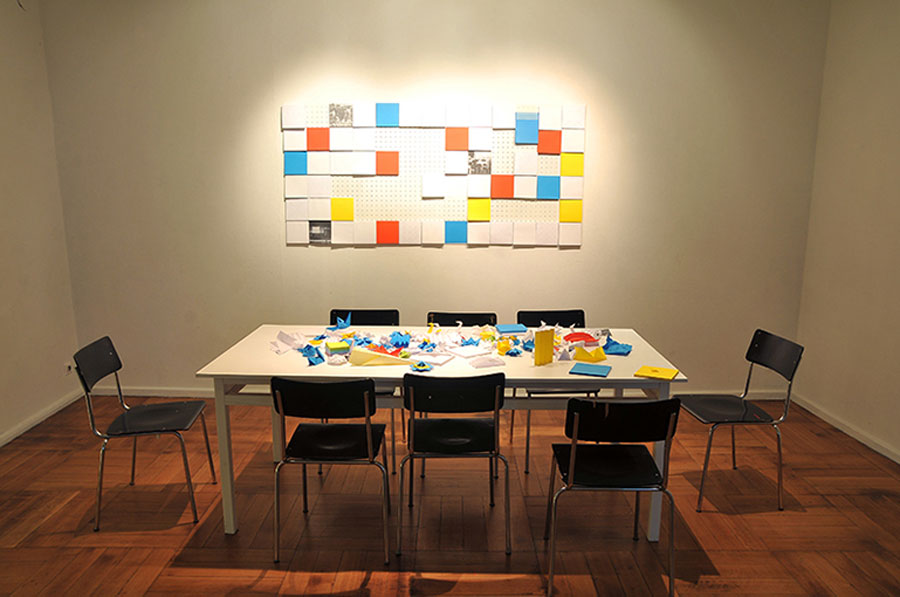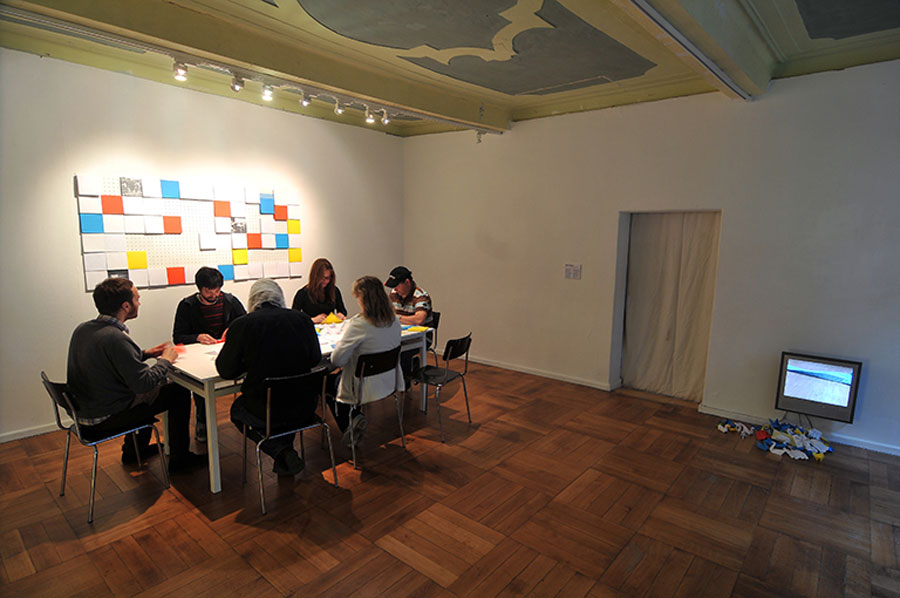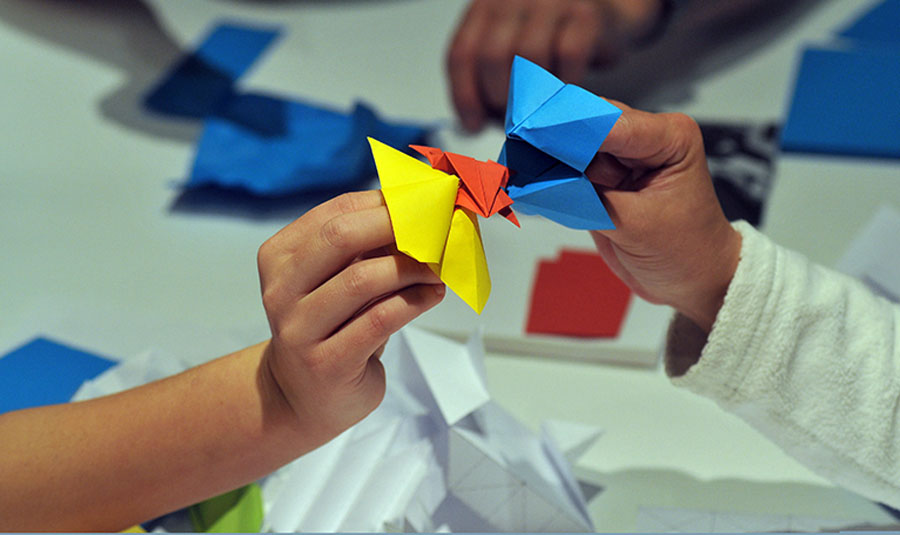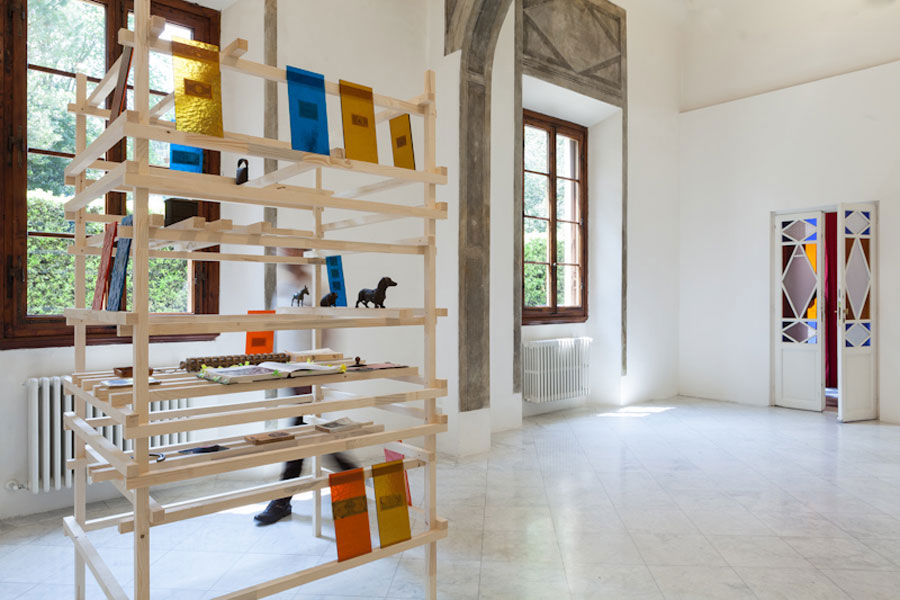Aglaia Konrad est l’invitée de 40mCubes, lieu de création contemporain situé à Rennes.
Dans le cadre des Ateliers de Rennes – biennale d’art contemporain, dont cette troisième édition a été confiée à la commissaire d’exposition Anne Bonnin, Aglaia Konrad présentera sa trilogie « Concrete & Samples », suite de trois films réalisés en 2009 -2010, consacrés à l’église de la Sainte Trinité de Vienne, bâtie par Wotruba, au « Blockhaus » de Nevers, érigé par Parent et Virilio ainsi qu’aux carrières de Carrare. On renverra le lecteur à l’excellent texte que Katerina Gregos a consacré à ces trois films, un essai publié dans Mousse Magazine.
Le choix de ces trois œuvres s’accorde avec l’esprit qu’Anne Bonnin désire inspirer à cette troisième biennale rennoise. Intitulée « Les prairies », celle-ci s’attachera plus particulièrement à l’esprit des commencements, à la figure de la conquête, à celle du pionnier qui anime l’histoire d’une modernité plurielle, à l’image de la prairie, poétique du commencement, cliché cinémascopique qui appartient aussi au monde construit.
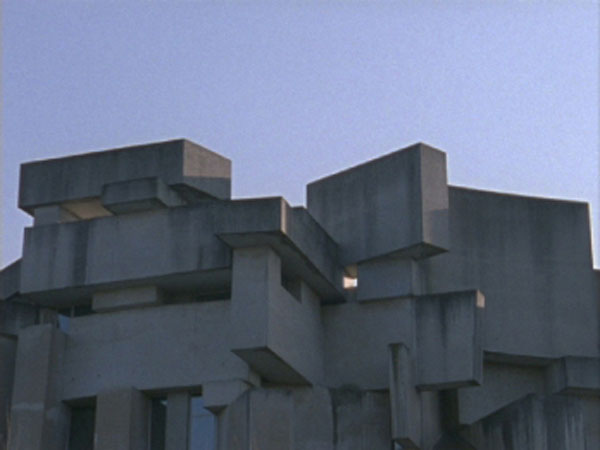
Aglaia Konrad, Concrete & Samples I Wotruba Wien, film 16mm transféré sur DVD, couleur, 4:3, sans son, Belgique, 2009, 13′37″.
Le Communiqué de 40mCubes :
Aglaia Konrad, Concrete & Samples I, II & III, 2009-2010.
Dans le cadre des Ateliers de Rennes – Biennale d’art contemporain.
Concrete & Samples I, II et III est une série de films d’Aglaia Konrad consacrée à deux architectures et un site naturel largement modifié par l’Homme.
Le premier volet de la trilogie explore l’église de la Sainte Trinité, à Vienne. Créé par le sculpteur Fritz Wotruba, le bâtiment ressemble à une sculpture abstraite monumentale, à un arrangement cubiste de 152 blocs de béton disposés de façon asymétrique.
Concrete & Samples II Blockhaus présente l’Église Sainte-Bernadette-du-Banlay de Nevers, conçue par Claude Parent et Paul Virilio. Monolithique, énigmatique, elle apparaît comme un bunker en béton brut. Construite selon une idée utopique, l’espace intérieur présente deux rampes obliques qui créent une dynamique spatiale.
Dernier film de la trilogie, Concrete & Samples III Carrara montre la célèbre carrière de marbre du même nom. Ce paysage toujours en évolution paraît avoir été sculpté, semble comporter des architectures temporaires et fait de nombreuses références à l’histoire de l’art.
Les trois films ont comme point commun de ne comporter aucun commentaire tout en proposant un regard subjectif sur ces architectures et sur ce site, comme si la caméra se substituait au regard d’un visiteur, en l’occurrence celui de l’artiste… C’est donc son point de vue, au sens propre et figuré, qui nous fait découvrir les lieux et crée un lien entre les films. Aglaia Konrad choisit de rassembler dans une même série ces trois sites – architectures modernes en béton brut et site naturel d’extraction d’un matériau noble et traditionnel de la sculpture, et de les considérer en tant que sculptures à part entière.

Aglaia Konrad, Concrete & Samples II Blockhaus, film 16mm transféré sur DVD, couleur, 4:3, sans son, Belgique, 2009, 9′50″.

Aglaia Konrad, Concrete & Samples III Carrara, film 16mm transféré sur Bluray, couleur, 4:3, sans son, Belgique/Autriche, 2010, 19′.
Exposition accessible du 14 septembre au 8 décembre
Les films sont également visibles à la galerie. Sur demande.
